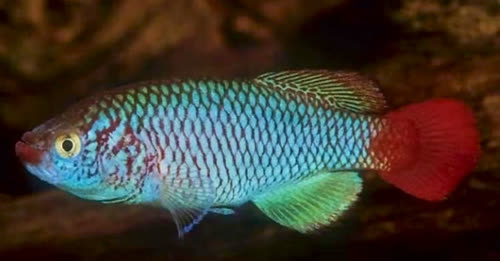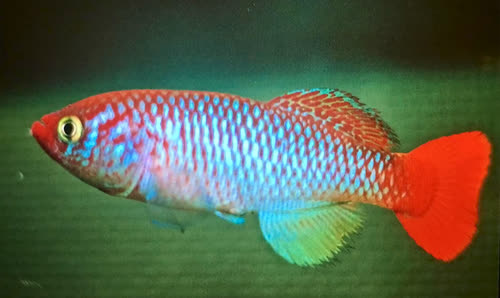|
|
"The Nothobranchius ugandensis species group at present comprises 12 species: N. albertinensis, attenboroughi, derhami, hoermanni, itigiensis, kardashevi, moameensis, nubaensis, streltsovi, torgashevi, ugandensis and venustus.
I will not here go into the evidence for considering these to be distinct species, because that also is dealt with in detail in our paper. However, aside from factors such as morphometry, genetics and colour pattern, biogeographical considerations are also key factors. Significant geomorphological changes (i.e. changes in landscape configuration) over time, and consequent changes in drainage systems, have played an important role in leading to the isolation of various precursor populations, thereby providing the opportunity for divergent evolution. "
"For example, N. albertinensis, which occurs in drainage systems within the Albertine Rift (including systems associated with Lake Albert and the Albert Nile) was effectively isolated from populations of N. ugandensis (as associated with the Victoria Nile systems) by the Karuma Falls and the Murchison Falls, both of which form very significant barriers to the migration of fishes such as Nothobranchius. Such isolation resulted in N. albertinensis evolving divergently from N. ugandensis. Presently known populations of N. albertinensis occur in the floodplains to the immediate east of Lake Albert (at least 4 populations, including UG 88-8) and in the floodplain of the Albert Nile as it flows northwards from Lake Albert (at least 2 populations). One final note: the species name “albertinensis” is derived from “Albertine” as in the Albertine Rift, a major tectonic feature that was an important factor in the separate development of this species." - Brian Watters, Facebook, 2020.
|


